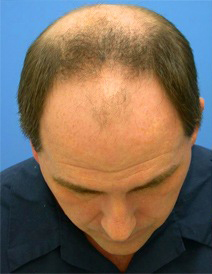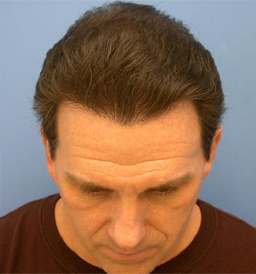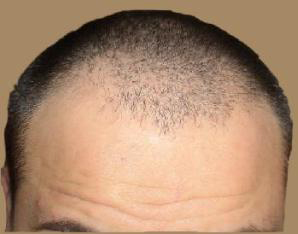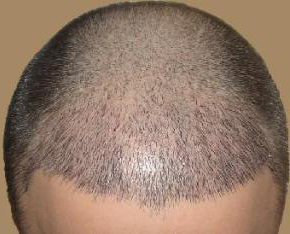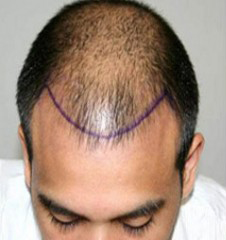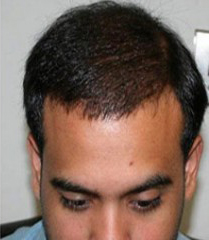|
Do you have a question for us? Please fill out the form and give us a chance to assist you
Go to Home Page
Locate Us |
||||||||||||
| Hair Transplant Surgery | ||||||||||||
Hair transplant surgery has helped millions of depressed individuals facing hair loss to have a fuller thicker growth in the balding areas of the head and body. Technique: During hair transplant surgery, hair from the back of the head (resistant to balding) are relocated to the balding areas. Donor tissue is then processed into follicular unit grafts by specialised technicians in lab conditions. tiny incisions are made in the balding area mimicking nature. About 3000 processed grafts are then placed into these incisions. Follicular Unit Transplant (FUT) Over the years it was discovered that hair grows in natural groups, the so-called follicular units. This discovery led to the introduction of Follicular Unit Transplantation, or FUT for short. Follicular Unit extraction (FUE) Follicular Unit extraction or FUE as it is known is a relatively new technique of extracting grafts individually from the scalp. In this type of procedure a small round punch generally less than 1.00 mm in diameter is used to make a small circular incision around the follicular unit. These follicular units are then individually plucked from the scalp. This new procedure negates the need for a linear incision at the back and sides of the scalp with the inevitable scar that is produced. Robotic Dht (Direct Hair Transplant) In this most recent and popular procedure, grafts are transplanted from the back of the head in groups of one to four hair follicles with the help of a device that assists perfect graft yield. Since it mimics how human hair actually grows, the procedures delivers results that look more natural. Another advantage of this procedure is that it does not involve any 'Human Touch' as it involves suction assisted harvesting of grafts which ensures that no hair root is cut or damaged in the process and ensures maximum graft yield.Hair transplant surgery with follicular hair transplants takes 3 to 5 hours to perform and the patient leaves the Clinic without any bandage on his/her head. One can also wash the transplanted hair carefully after 3 days. Generally performed as a day care procedure under local anaesthesia with or without sedation. General anaesthesia may be recommended. Complements: Mesotherapy along with hair transplant will lead to best results. A better fuller head can be expected with supportive natural growth. Results: immediately After having hair transplant surgery, a patient will have hundreds of tiny incisions with short hair stubble showing from the new grafts. After any hair transplant surgery, the grafts look like bumps. After healing, the epidermis of the grafts starts turning into a crust and takes about 10 to 14 days to finally shed. The transplanted area now becomes smooth as before. The hair growth on the recipient area is seen only after 3 to 4 months. But once the growth becomes evident it continues to improve over the next few months Difference Between Fut Vs Fue Vs Rdhi TYPES
PROCEDURE
EXTRACTION
SUTURING
SCARRING
TIME
|
||||||||||||
|
||||||||||||
